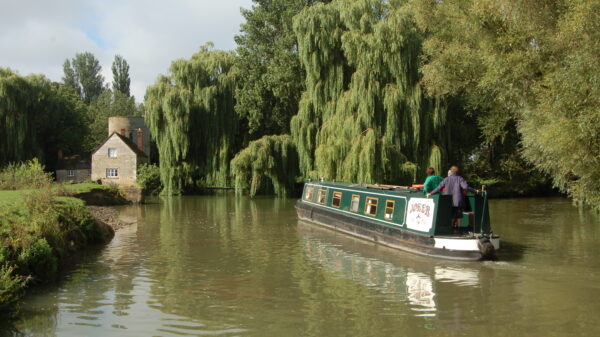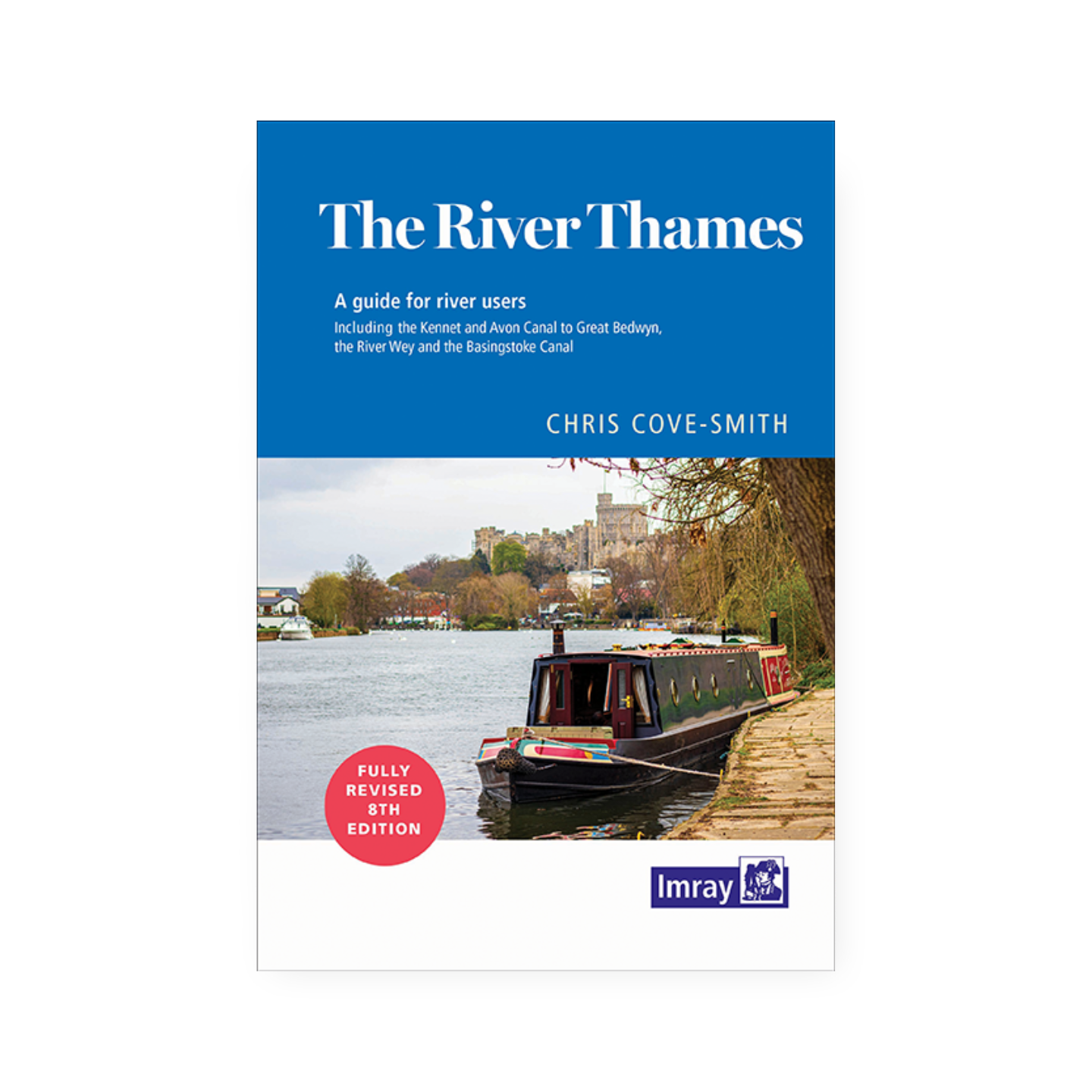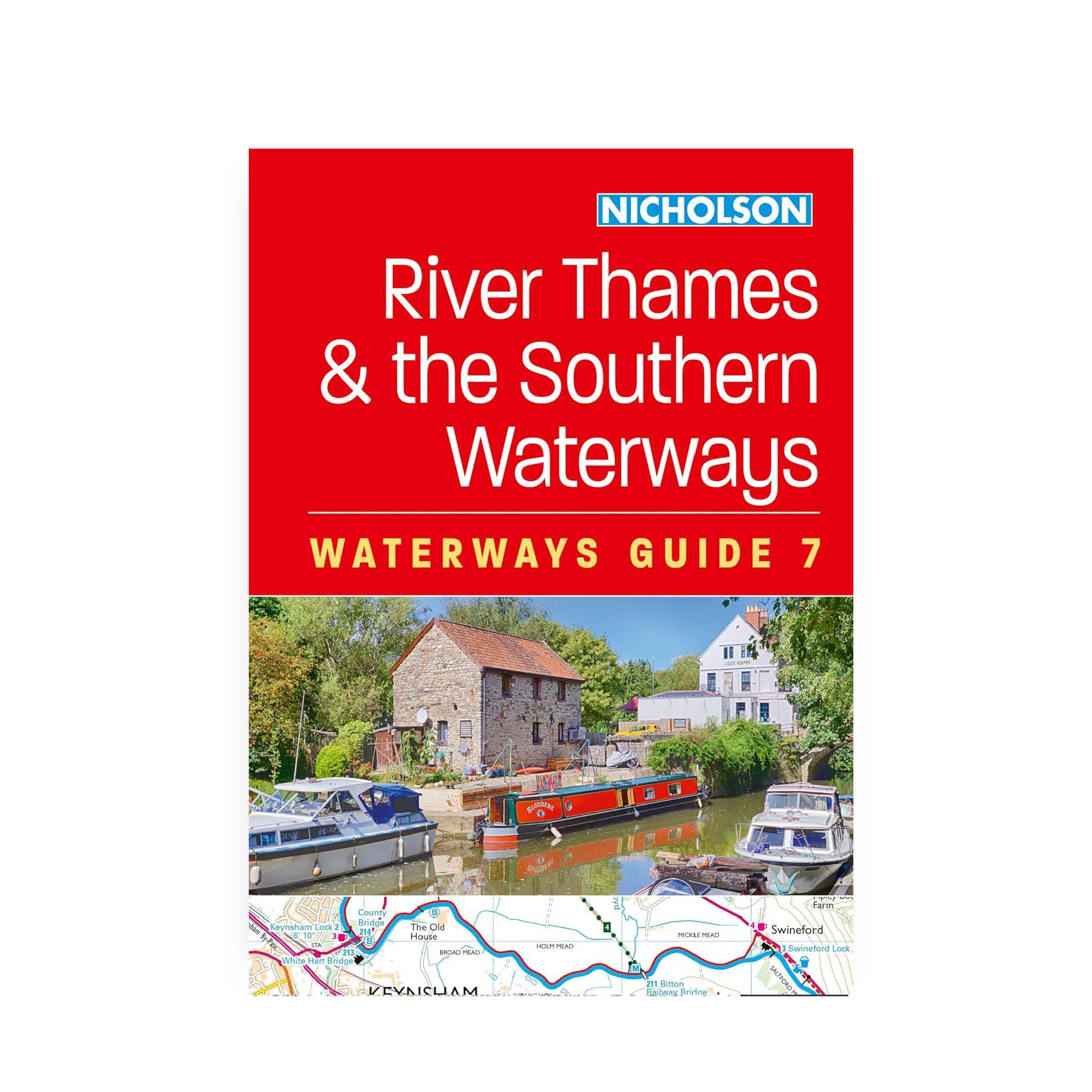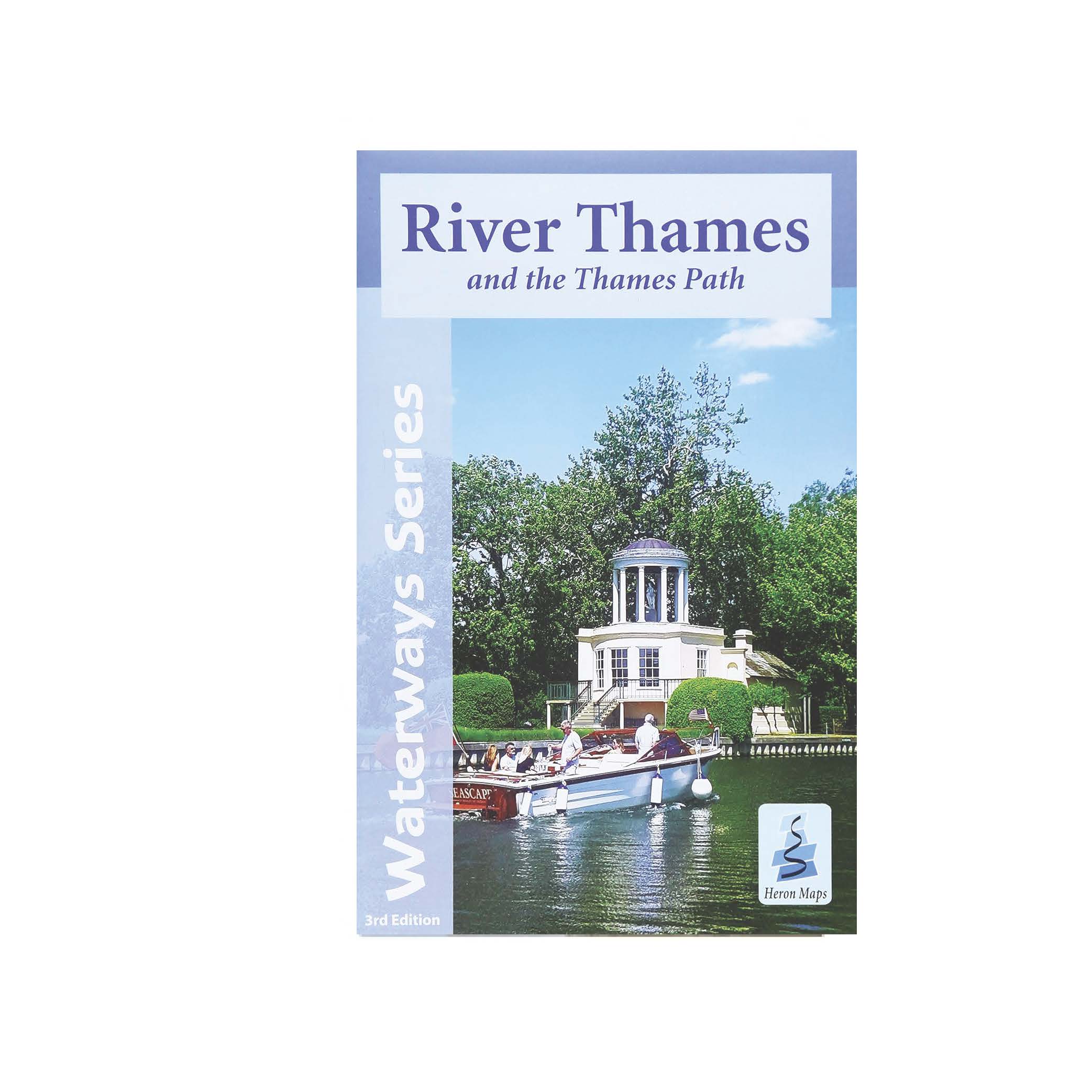From Lechdale to the sea
Technically, Cricklade is the head of the navigation but few boats venture above Inglesham and the old junction of the river with the Thames and Severn Canal at the Round House. A stone obelisk 165 yards below Teddington Lock marks the boundary of the Environment Agency’s navigation responsibilities.
The Thames is joined by the Oxford Canal via Sheepwash Channel and Duke’s Cut at Oxford, by the river Kennet and the Kennet & Avon Canal at Reading and the River Wey Navigation at Shepperton. The river Thames joints near Dorchester and is navigable by small craft for a short distance.
A charter in 1197 first gave conservation rights for this river to the Mayor and Corporation of London. Above Staines, local communities maintained the river. Boats were able to reach Oxford from the twelfth century. There were gradual improvements and in 1771, an important Act of Parliament was passed increasing the number of commissioners and dividing the river into five districts above Staines. The new commissioners were granted wide powers of improvement and built eight new pound locks. In 1857 the commissioners were replaced by the Thames Conservancy, and 1974 management was transferred to Thames Water Authority. When the water companies were privatised in 1989, navigation was transferred to the National Rivers Authority, then to the Environment Agency on its creation in 1996.







